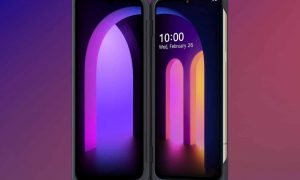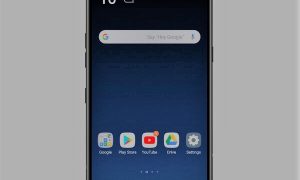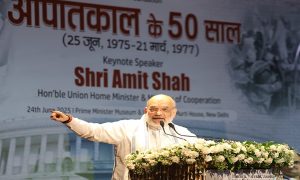Ahead of CES 2020, LG has announced eight 8K TVs that include two OLED models that are 77 and 88-inches each and six LCDs measuring between 65 and 75 inches. LG is yet to announce prices or availability on any of the models.

However, they have emphasised that all these TVs offer ‘real’ 8K and that appears to be a potshot at Samsung who announced their recent certification from the 8K Association.
This marks as a continuation of LG’s proxy war with Samsung over what “exactly constitutes an 8K TV”. While both agree that “8K is a resolution of 7680 horizontal pixels by 4320 vertical pixels, the two companies have different ideas about how these should be measured”.
LG uses the Consumer Technology Association’s definition, which relies on a measurement called the “Contrast Modulation” to define its pixels. Samsung on the other hand, uses the 8K Association’s definition (an organisation which LG is not a member of), which doesn’t list any such requirements.
Regardless of resolution disagreements, LG’s new TVs should offer better support for 8K content. The TVs now support HEVC, VP9, and AV1 content natively (its previous 8K TV required an external decoder box to decode the YouTube-backed AV1 codec). The new TVs are also equipped with HDMI inputs that can handle 60 fps content at 8K resolution.
Internally, LG’s new TVs are equipped with the new Alpha 9 Gen 3 processor that can upscale video to 8K and audio to 5.1 surround sound and can also recognise faces, on-screen text, tweaking picture quality to improve the appearance of both.
There is also support for Amazon’s Alexa and Google Assistant along with HomeKit and AirPlay 2 compatibility. LG also says that the TVs will be upgraded with Alexa far-field voice compatibility soon and can be used to monitor and control supported IoT devices from their dashboard.




























 WhatsApp us
WhatsApp us